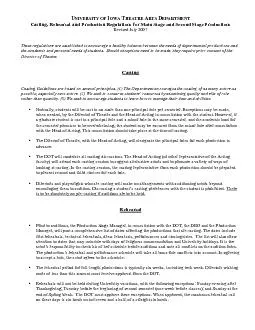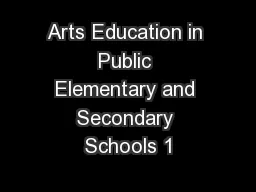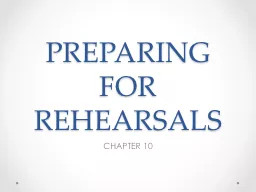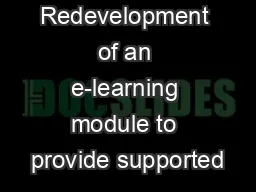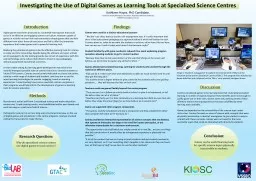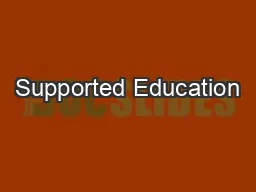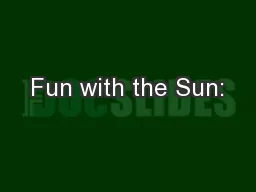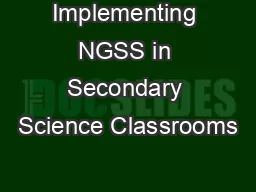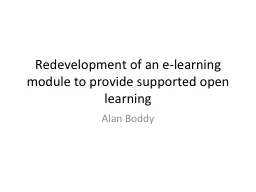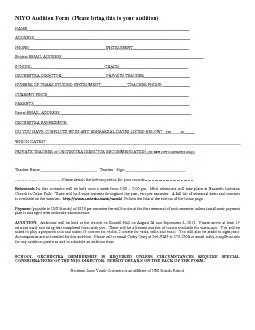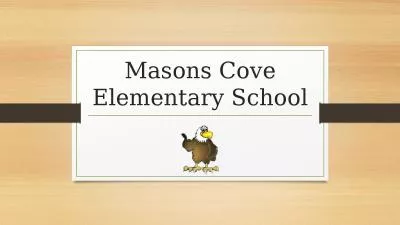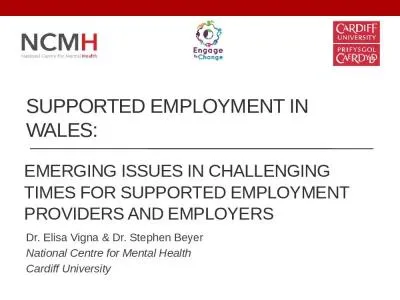PPT-Learning to Notice Elementary Students’ Ideas and Use of Science Practices in Tool-Supported
Author : lois-ondreau | Published Date : 2020-01-28
Learning to Notice Elementary Students Ideas and Use of Science Practices in ToolSupported Rehearsals Amanda Mandy BenedictChambers Focus of this Work Using toolsupported
Presentation Embed Code
Download Presentation
Download Presentation The PPT/PDF document "Learning to Notice Elementary Students�..." is the property of its rightful owner. Permission is granted to download and print the materials on this website for personal, non-commercial use only, and to display it on your personal computer provided you do not modify the materials and that you retain all copyright notices contained in the materials. By downloading content from our website, you accept the terms of this agreement.
Learning to Notice Elementary Students’ Ideas and Use of Science Practices in Tool-Supported: Transcript
Download Rules Of Document
"Learning to Notice Elementary Students’ Ideas and Use of Science Practices in Tool-Supported"The content belongs to its owner. You may download and print it for personal use, without modification, and keep all copyright notices. By downloading, you agree to these terms.
Related Documents


